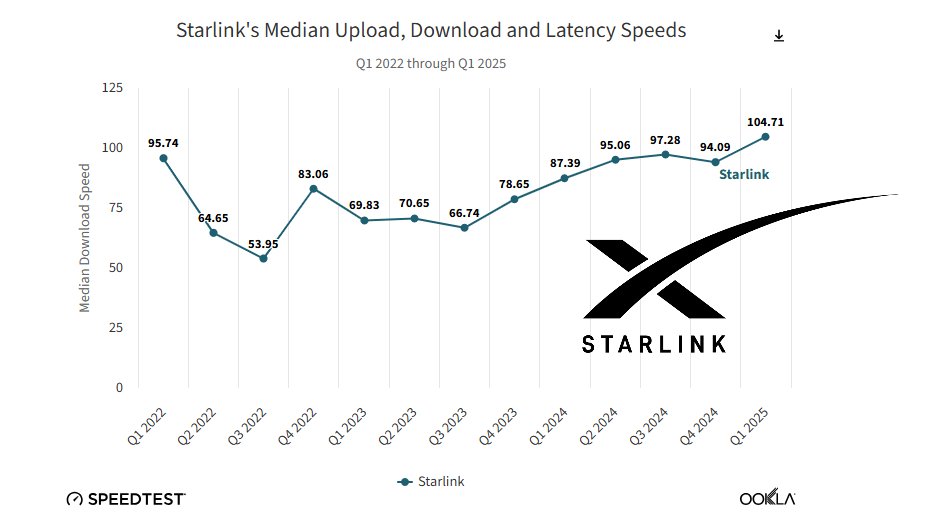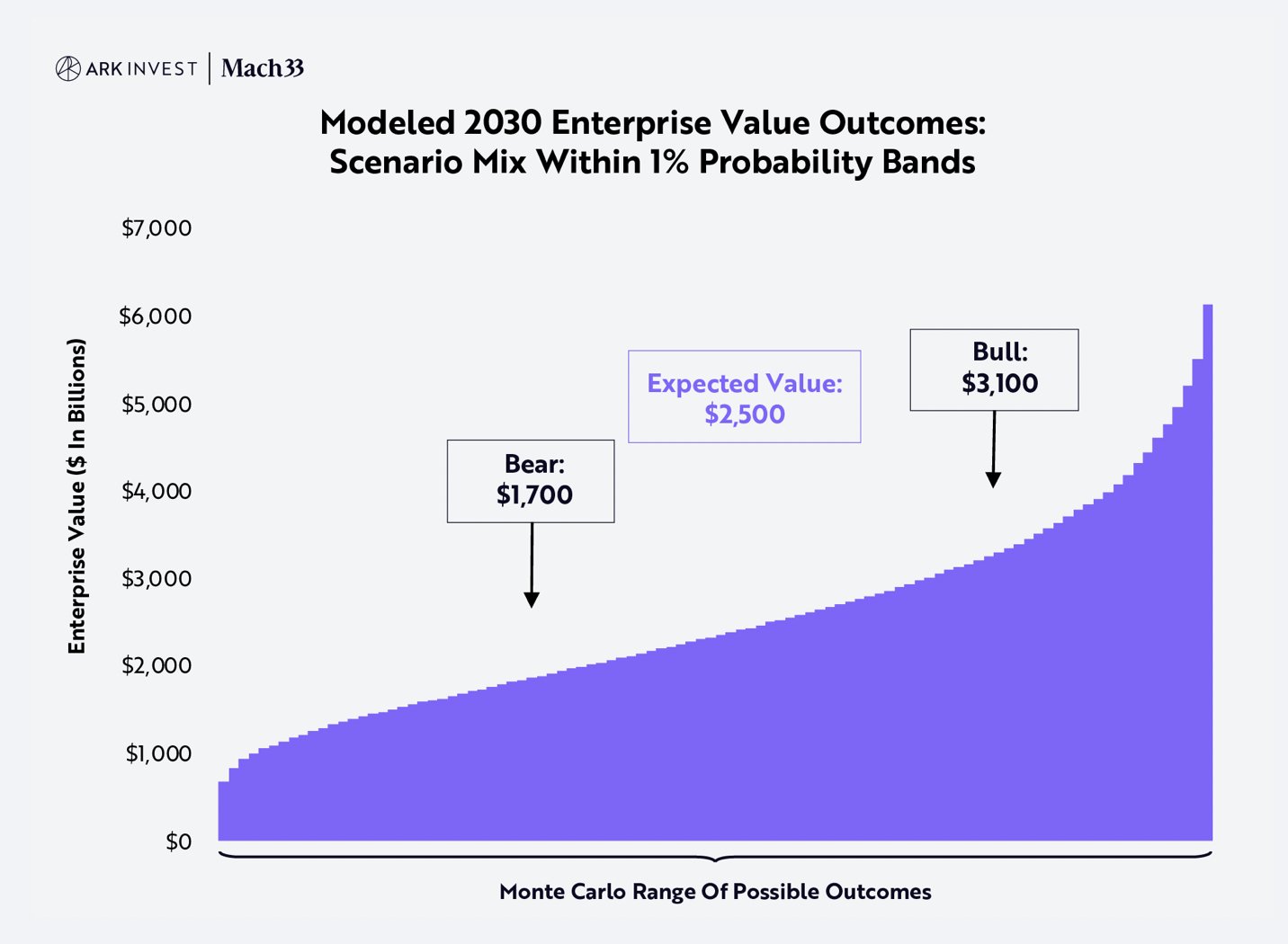Ookla® Speedtest data on Starlink indicates that the satellite company’s network performance has been on the uptick over the past couple of years and as of Q1 2025 17.42% of U.S. Starlink Speedtest users were able to get speeds consistent with the FCC’s minimum requirement for fixed broadband of 100 Mbps download speeds and 20 Mbps upload speeds.
At the same time Starlink’s latency has improved from 76 milliseconds (ms) in Q2 2022, to 45 ms in Q1 2025.
Speedtest users clocked an average median latency of 45 ms in Q1 of 2025.
When SpaceX launches version 3 satellites with the reusable Starship in 2026, this will enable capacity and speed to improve about 20 times when there are 8000 or more Version 3 satelites. This will give 1-2 Gbps download speeds and 20 ms latency.

Brian Wang is a Futurist Thought Leader and a popular Science blogger with 1 million readers per month. His blog Nextbigfuture.com is ranked #1 Science News Blog. It covers many disruptive technology and trends including Space, Robotics, Artificial Intelligence, Medicine, Anti-aging Biotechnology, and Nanotechnology.
Known for identifying cutting edge technologies, he is currently a Co-Founder of a startup and fundraiser for high potential early-stage companies. He is the Head of Research for Allocations for deep technology investments and an Angel Investor at Space Angels.
A frequent speaker at corporations, he has been a TEDx speaker, a Singularity University speaker and guest at numerous interviews for radio and podcasts. He is open to public speaking and advising engagements.
























